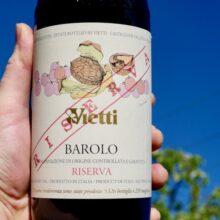
Product information
Vietti Barolo Riserva 2015
$325
Description
Here’s an exciting new submission from Vietti that takes us to a whole other level (and evolutionary timeframe). A very late release that is held back at the winery, the 2015 Barolo Riserva sources its fruit solely from Castiglione Falletto. In fact, it represents a special section of the best sites that go into the Barolo Castiglione. Some of that fruit was so impressive, I am told, the decision was made to age it longer (with up to 30 months in large oak casks) and give it a Riserva designation. Specifically, the grapes come primarily from Scarrone and Bric del Fiasc. Production is 5,000 bottles. The wine reveals gorgeous elegance, with evolved fruit flavors and melting tannins. The beauty is that you can drink this wine the same day you buy it.
Monica Larner, The Wine Advocate 96 Points
The 2015 Barolo Riserva is a new wine from Vietti conceived as a blend that changes every year, a sort of Riserva of the Castiglione, in that it is a Barolo made from the many lots Vietti has at their disposal. Exotic red fruit, blood orange, spice, leather and cedar are some of the aromas and flavors that emerge from the glass. The 2015 shows the aromatic complexity of a wine that has been in bottle for a few years, naturally it does not offer the singularity of the vineyard designates. I won’t be surprised if this bottling improves in future vintages as the direction becomes even more clearly defined.
Antonio Galloni, Vinous 94 Points
In stock


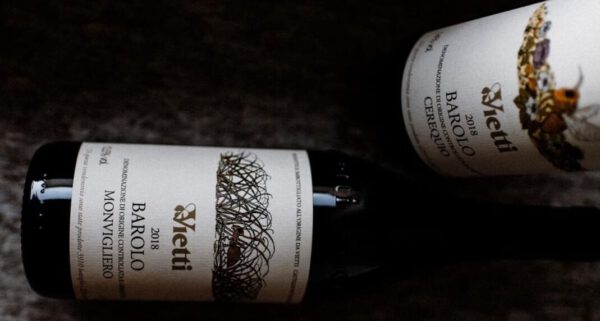 The Prologue
The Prologue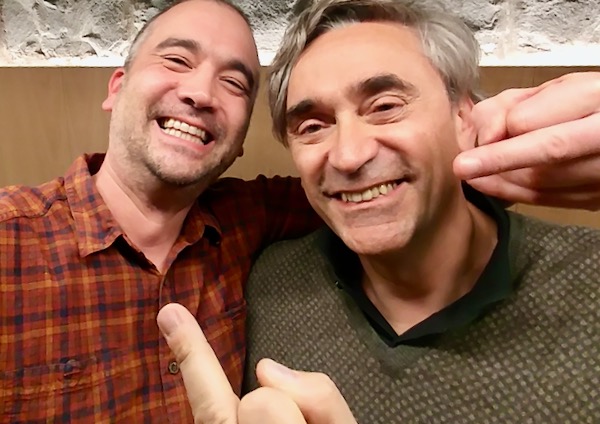








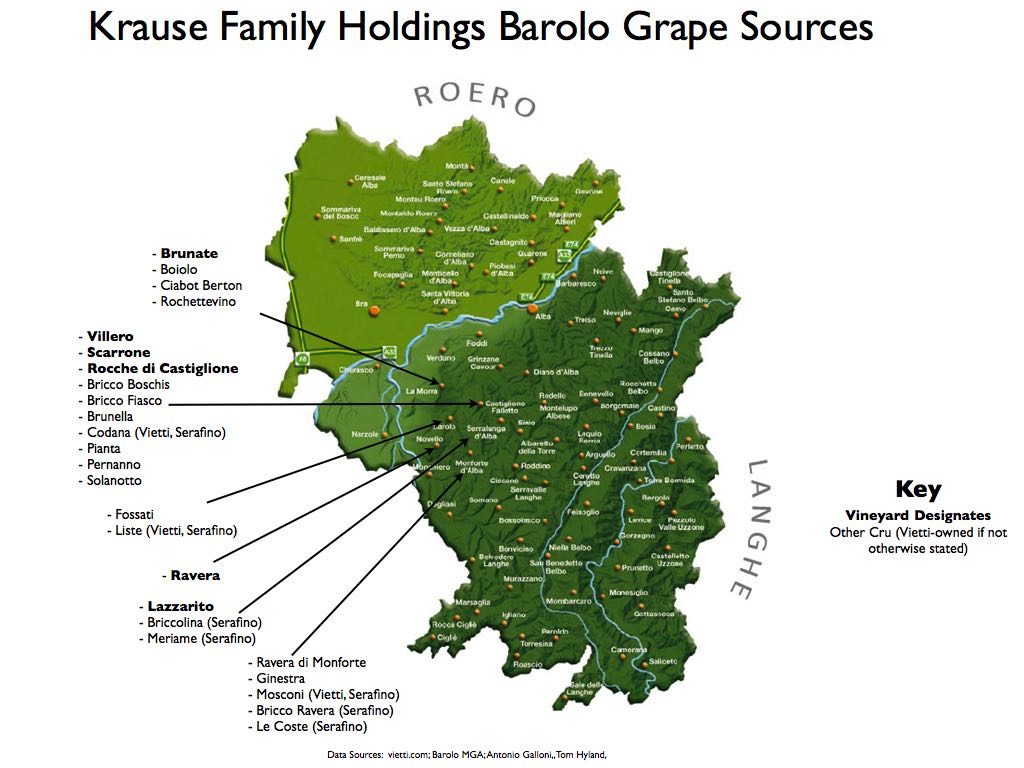
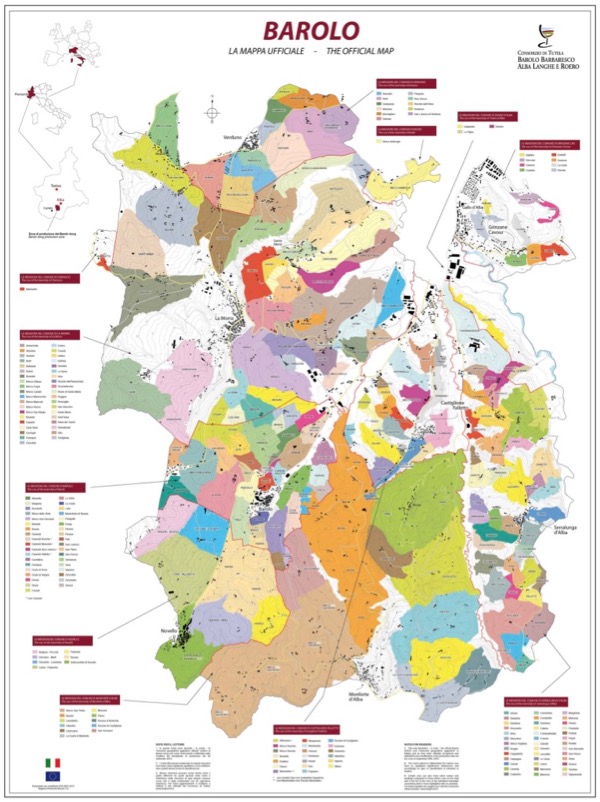



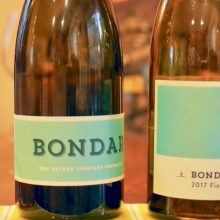
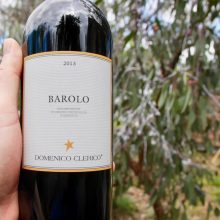
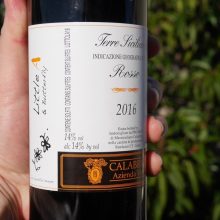
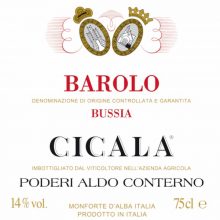
You must be logged in to post a comment.